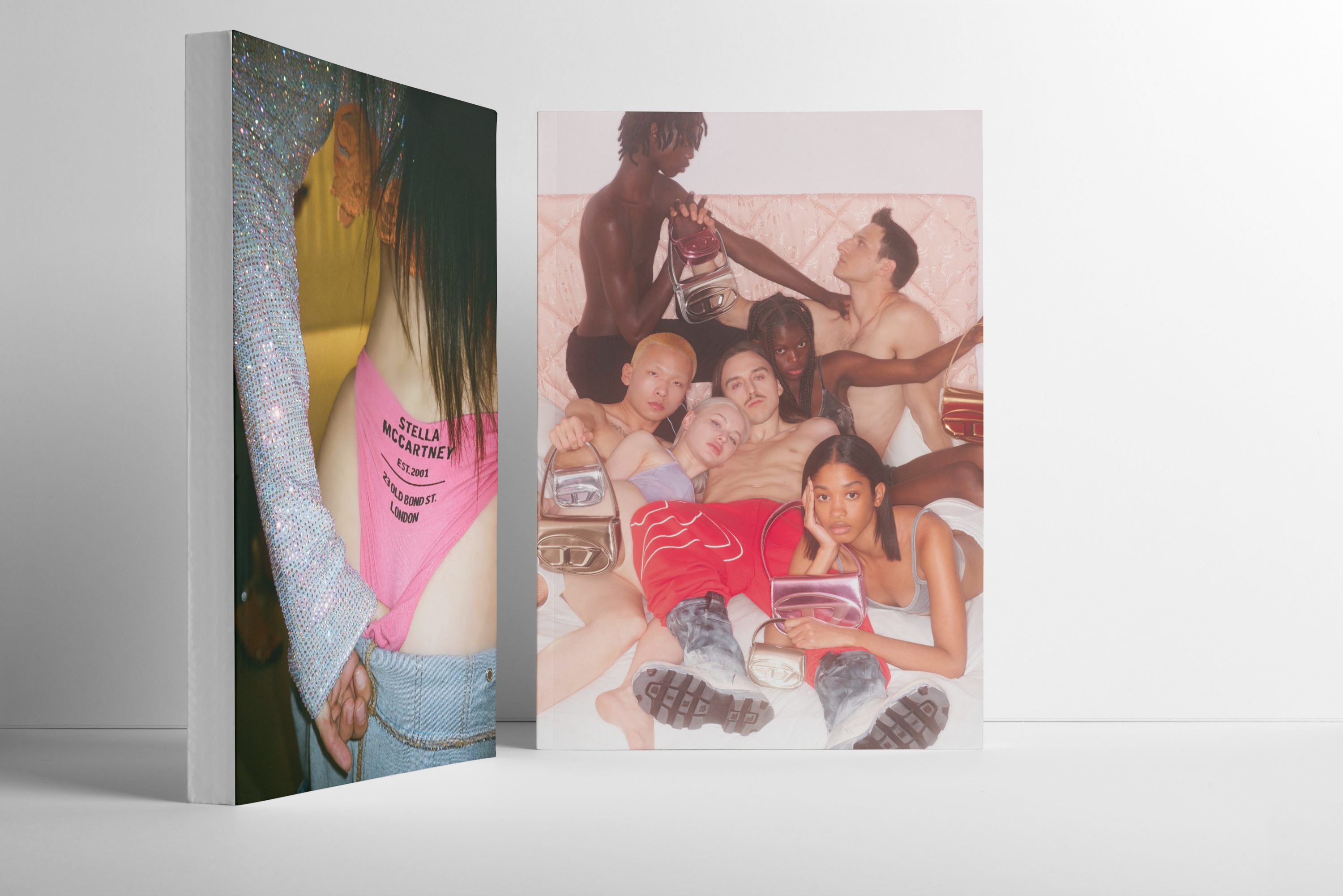How and Why to Confront Rainbow Capitalism and Honor Pride With Sincere Allyship and Celebration
By Mark Wittmer
Pride month is upon us, which means it’s time to gear up for an onslaught of performative allyship and empty statements of solidarity as corporations don rainbow veneers capitalize on an urgent time of acknowledging queer struggle and celebration.
The fashion industry is not exempt from this corporate history of exploiting marginalized identities – but it is also in a unique and powerful position given the legacy of iconic queer trailblazers who have used fashion as a powerful tool for art and social progress and its tendency toward a progressive stance regarding gender expression and sexuality.
Fashion has a responsibility to embrace and amplify Pride – but when an industry by definition exists to make money, how can it do so in a way that sincerely puts people above profits?
Key Insights
Now More Than Ever: As hatred and transphobia sweeps the globe anew and becomes sinisterly enshrined into law, all those with a platform have a responsibility to speak up and support the right of queer and trans people to live truly and in peace.
Rainbow Washing: We’ve seen enough shallow Pride marketing to know when brands are simply out to make money. It’s time to look beyond money and the month of June.
Who, How, and Why: Sometimes, the best thing a brand can do is to be quiet: think about who needs to be heard, and do what you can to amplify their voice.
Don’t Back Down: Learn from other’s blunder: if you show up for Pride, you better be ready to show that you really mean it.
Especially in the United States, now is a crucial time to take a stand to support and protect queer and trans people. Fueled by bigoted policy makers and conservative extremists with huge internet followings, transphobia and anti-trans backlash is reaching a fever pitch. Over 400 anti-LGBTQ bills were introduced in state legislatures from the beginning of this year through April 3, according to the American Civil Liberties Union, including many restricting access to gender-affirming healthcare for trans youth. Transgender people are more than four times as likely to be victims of violent crime than cisgender people, according to a study from the UCLA School of Law.
While it can feel difficult to see, the upside of this bleak news is that these are reactions to the steps forward that have been, are being, and will be made. Social progress will always have reactionaries whose historical positions of power it threatens clamoring against it, and they will again be proven to be on the wrong side of history – LGBTQ people have always existed, and they always will.
While for reasons of morality and visibility (which we will get into soon) we strongly discourage brands from seeing this push for progress as an opportunity for progress, it is still important to take a stand and to consistently demonstrate – not just talk about – your active support for the queer community at a time when it needs it the most.
The typical approach we see to Pride month marketing is a capsule and accompanying campaign. These capsules usually consist of elevated basics – T-shirts, hoodies, sweatpants, underwear – with rainbows, pride flags, and sometimes a Pride-appropriate slogan. These pieces tend to feel geared toward the classic Pride march, where repetition of core signifiers of identity, like the rainbow, is powerful, and these slogans make simple but effective statements: we’re here, we’re queer, we’re not going anywhere. But as there’s a new one every year, these releases can start to feel a bit stale and rote, and of course field the not completely off-base criticism that brands are trying to make a quick buck off a deeply important time that is focused on history, struggle, resilience, and celebration.
As people become more aware of how deeply exploitation of queer identity is ingrained into our cultural mindset, and as the faces and voices of queer resistance continue to change, these one-off capsules and campaigns are starting to feel more out of touch. Selling products should not be the focus of Pride campaigns, and they instead should see brands use their established platforms and identities to uplift the voices of LGBTQ creators and activists.
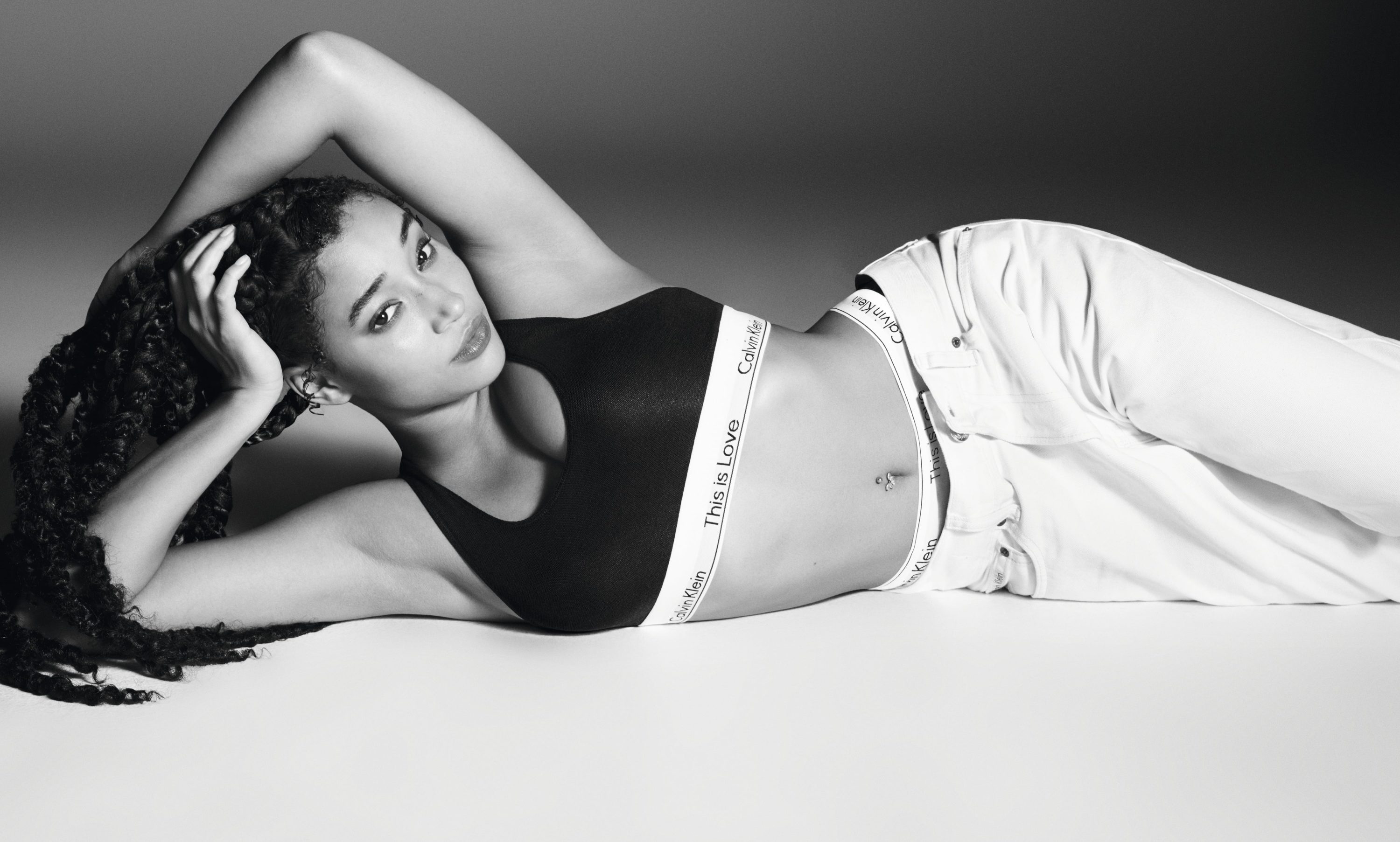
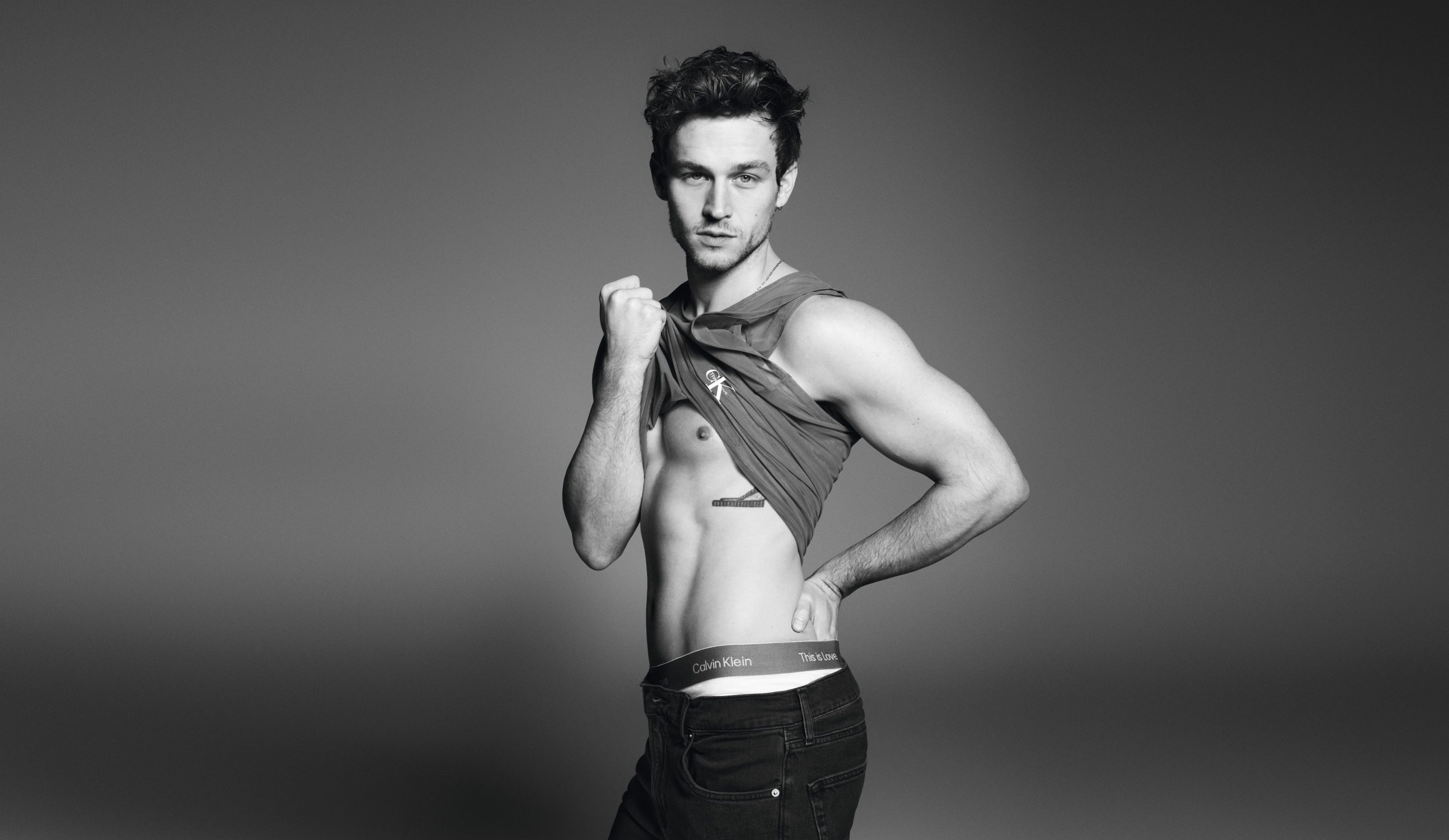
With its signature campaign format of exploring intimacy and individuality by having hot celebrities take their clothes off, Calvin Klein is already in a strong position to make a Pride campaign that sees queerness as something to celebrate and aspire to, and that’s exactly what this year’s campaign does. Both of its stars – outspoken queer talents Amandla Stenberg and Brandon Flynn – look, and seem to feel, amazing, and it’s empowering and exciting to belong to the same community they do.
It does feel, however, like a missed opportunity not to have cast any transgender models. While it’s important that the brand is putting its money where its mouth is and donating a large portion of sales from the Pride capsule to organizations that support queer and trans youth, the imagery and casting of the campaign itself is arguably going to make a bigger impact. Especially in a time when there is so much anti-trans hatred and ignorance in CK’s home country, a brand like Calvin Klein platforming an inspiring trans star would go a long way to telling young trans people that they are seen, loved, and celebrated – while not seeing themselves included might feel like a bit of a letdown.
This quibble feeds into the bigger conversation of how responsible brands are for moving the needle forward in terms of social progress, visibility, and acceptance. In an ideal world, we wouldn’t have to rely on companies and corporations to stand up and do activism for us. But we live in a capitalist and consumerist world, and for now the avenues of capitalism and consumerism are some of the most viable ways to make progress.
Versace, for example, made a quiet but potent political statement by supporting the Elton John AIDS Foundation for the month. While the idea that AIDS is inherently connected to the queer community may feel dated, the foundation has strong partnerships with organizations in Uganda, where the recent barbaric anti-homosexuality laws (being gay is punishable by death) also include a crackdown on basic sexual and reproductive health services and education, including lifesaving HIV/AIDS services, and increasing stigma towards sex workers.
Other brands have made freedom of gender expression and sexuality a visible part of their ethos year-round – arguably a more meaningful move than simply doing a one-off capsule and campaign once a year. Diesel under the creative direction of Glenn Martens, for example, has used its campaign chapters to build up a gonzo world of hyperbolic individual freedom that both subverts and leans into hyperconsumerism.
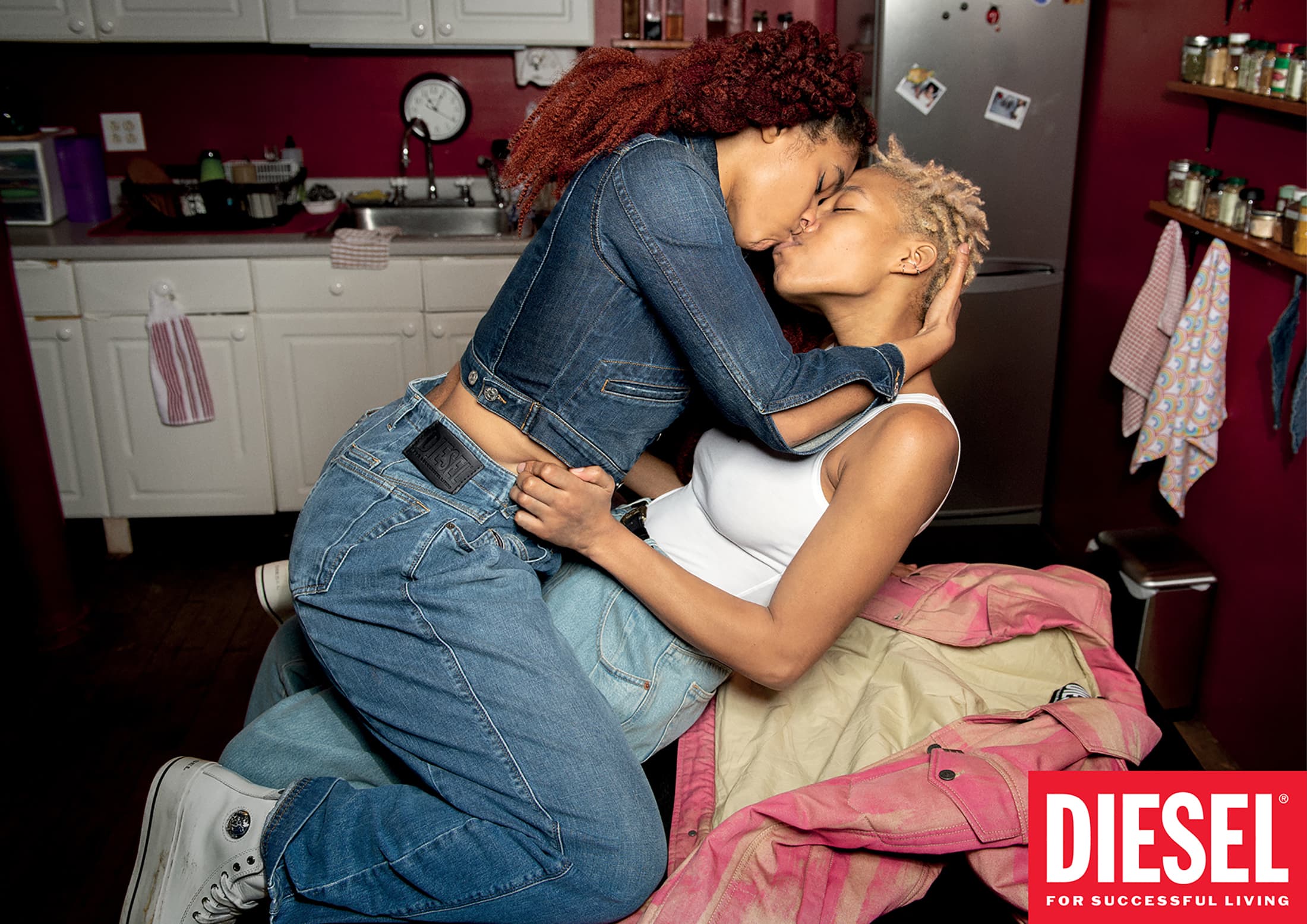

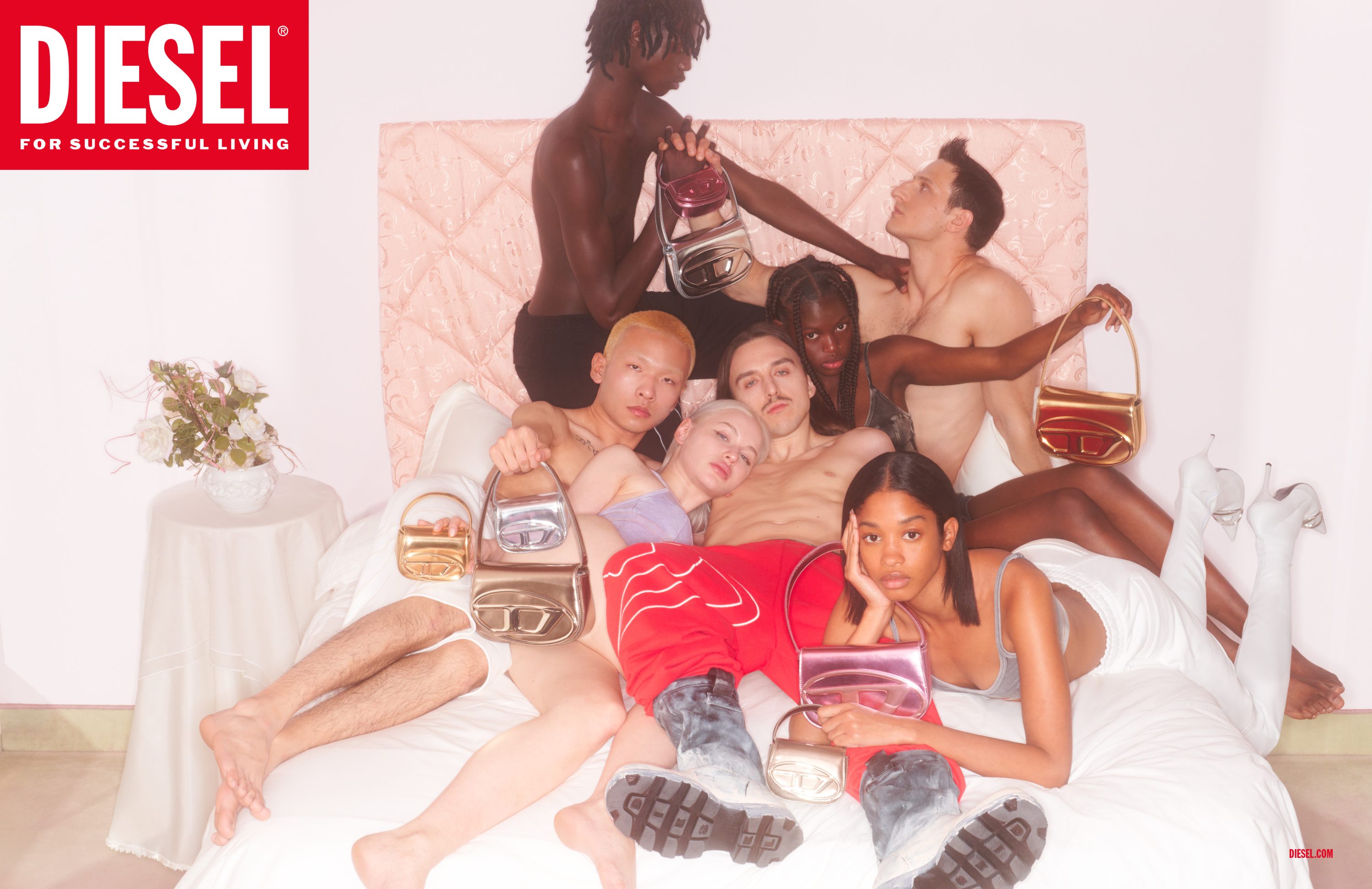
On the first day of Pride month, Stella McCartney shared one of the most sincere and supportive campaigns that we’ve seen within this category. The campaign stars and was shot and styled by Mina Galan and Morena Salas, stylists and friends who met Stella at the latest incarnation of her brand’s famous Old Bond Street Christmas Party. The trio immediately hit it off, and now are extending the synergy of their friendship to become creative collaborators, with McCartney handing full creative control of the Pride campaign over to the two.
For the campaign, Mina and Morena photographed each other, styled different Stella McCartney collections, and came up with the concept for the shoot, using the OBS flagship store and its different floors as the backdrop. The group photos were taken by their friends who were on set. The shoot was produced with entirely queer talent, including makeup artist Fey Carlaa and hair stylist Tommy Stayton.

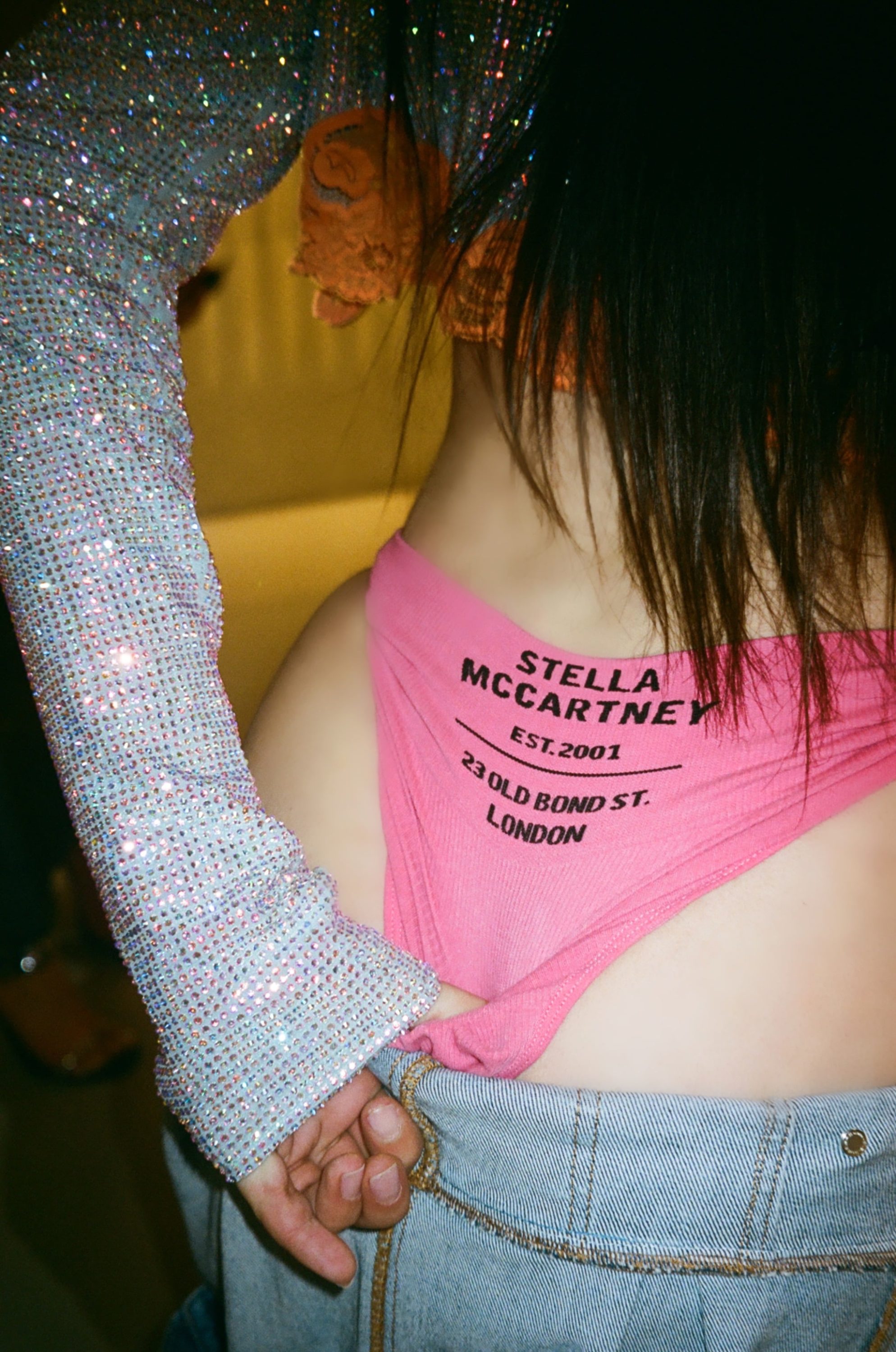
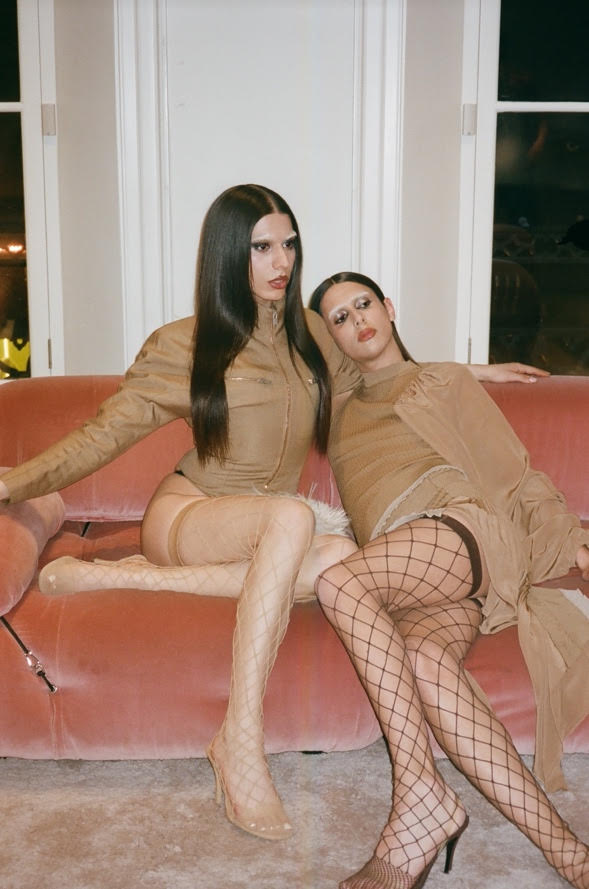
The resulting imagery exudes a kind of lo-fi, spontaneous glamor, capturing the thrill and pride of being your true self with no reservations while also acknowledging the playful and performative aspects of gender – for which fashion can be a powerful tool of expression.
Alongside the imagery, the brand shared an interview with Mina and Morena, where they reflect on the meaning of Pride month and how to actually honor it, meeting Stella McCartney, the importance of supporting each other as trans women and as creatives, and how fashion has been an avenue for self-discovery. Including the interview and platforming an all-queer creative team is an important step to avoid rainbow-washing and performative allyship, and to actually do the kind of celebration and reflection that Pride is about in the first place. This sense is further pushed by the way the campaign isn’t selling a new, rainbow and slogan-spangled capsule that was whipped up specifically to make money around Pride, but is more about demonstrating allyship and uplifting queer artists. Mina sums it up best in the interview:
“Pride is a mixed feeling. I believe it’s needed, however brands at this time of the year tend to use and capitalise on it in a disingenuous way. That’s why it’s important to have campaigns like this one – where queer people are not only in front of the camera, but also behind the scenes having full control in how we want to tell our story. Now that’s something to be proud of. ”
– Mina Galan
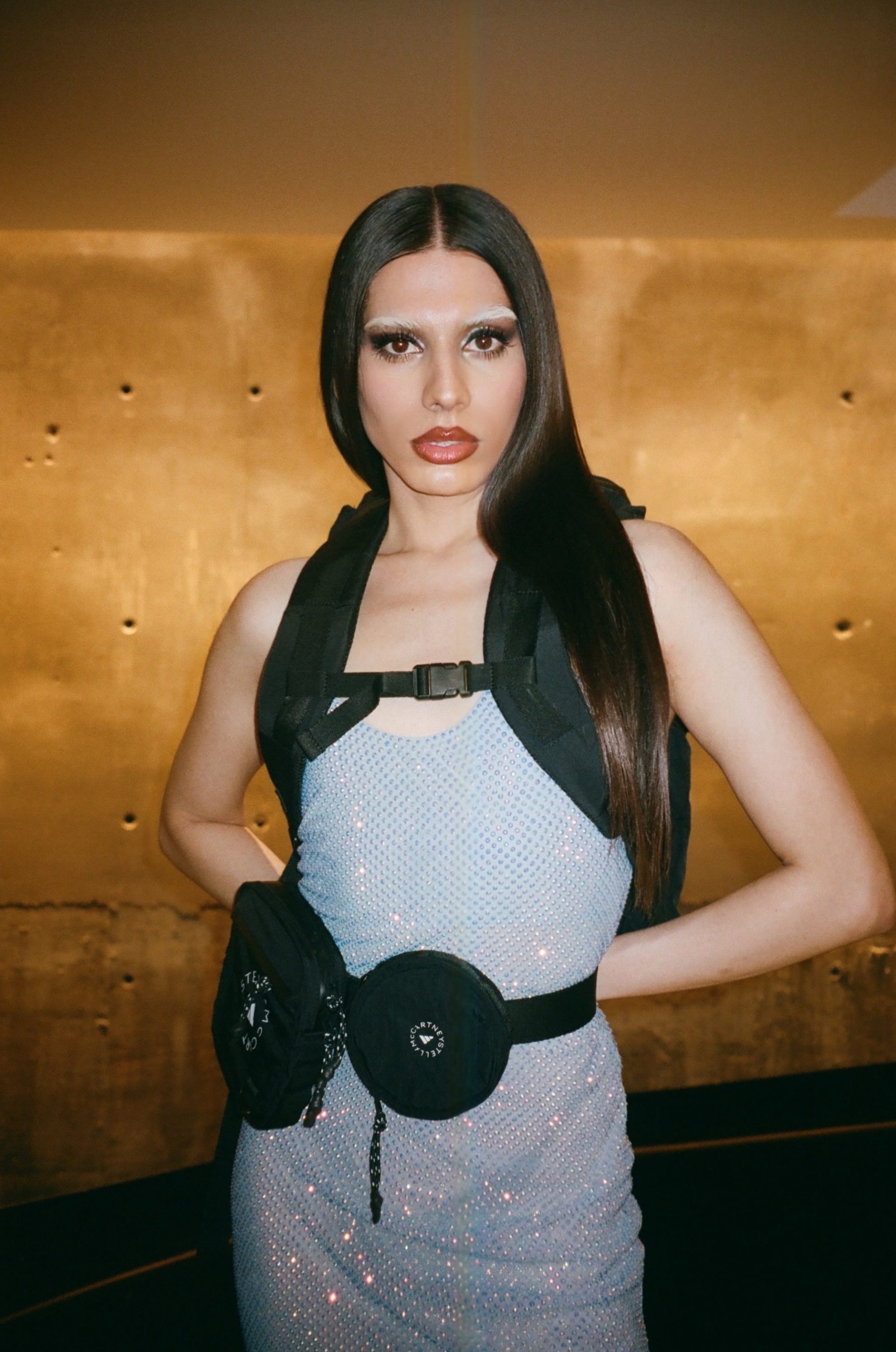
While it isn’t directly tied to the world of high fashion, that disingenuousness is thoroughly apparent in the current Pride collection fiasco in which Target is embroiled. The mega retailer has been releasing annual Pride collections for a number of years, but this year, among the increasingly hateful and transphobic atmosphere that has been propelled by right-wing extremists with large online platforms, the collection was at the center of far more “controversy” than usual – so much so that, for the first time, the retailer pulled products created in collaboration with queer and trans designers from its shelves and website in response to the backlash.
The company shared a statement that claimed the reason behind the decision to pull the products was out of concern for the safety and wellbeing of its employees after they received threats of harassment at work. This feels like a reasonable concern, but is removing the products the right response? It feels like admitting defeat and an obvious signifier of hypocrisy – especially when it came a week after Target’s CEO touted the company’s commitment to diversity and inclusion on Fortune’s Leadership Next podcast. When it claimed to be standing up for queer people, Target backed down at the first sign of intimidation. It decided to let hate and fear win. This capitulation makes glaringly obvious what many people already knew to be the case: that the Pride collection is about taking another opportunity to make money, rather than an actual show of support for the community when it needs it most. This is “rainbow capitalism” plain and simple, and it’s probably the most glaring example yet of what the queer community has always been saying since Pride became a huge corporate event: stop exploiting our struggle and our celebration to make money.
The lessons are clear: genuinely celebrating Pride is about more than putting a few rainbows and positive slogans on T-shirts that you will dump at the first sign of trouble. People are more than equipped to detect when these campaigns and capsules are simple pandering – especially Gen-Z, who, in addition to being the most socially conscious generation today, have grown up in the digital world and have seen these kinds of ploys their whole lives.
Unless you are taking visible steps to uplift queer voices and creators all year long, be quiet during June. Actions speak louder than words: consistently championing diverse and progressive voices is a genuine point of pride; changing to a rainbow profile picture for exactly 30 days is not.
